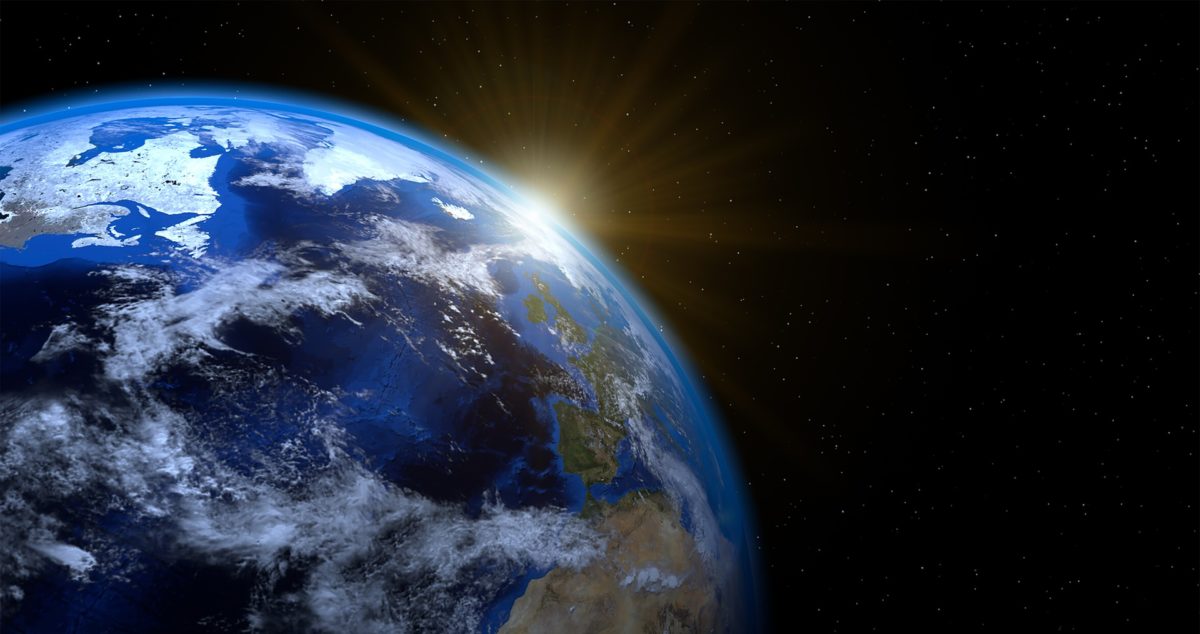The world’s total installed PV capacity reached 480.3 GW at the end of December 2018, according to the latest statistics published by IRENA. In its annual Renewable Capacity Statistics 2019 report, it said that new global capacity additions hit 94.2 GW last year, up slightly from 93.7 GW a year earlier and significantly more that the 71.4 GW deployed in 2016.
Asia is the continent with the largest share of cumulative installations, at around 274.6 GW. Most of that capacity is located in China (175.0 GW), Japan (55.5 GW), India (26.8 GW), South Korea (7.8 GW), Thailand (2.7 GW) and Taiwan (2.6 GW).
Europe is the second-largest region in terms of cumulative volume, with a combined capacity of 119.3 GW — 115.2 GW of which is in the European Union. The biggest markets by total installations are Germany (45.9 GW), Italy (20.12 GW), the U.K. (13.4 GW), France (9.4 GW), Turkey (5 GW), Spain (4.7 GW), the Netherlands (4.1 GW) and Belgium (4.0 GW). New PV capacity additions hit 9.5 GW on the Old Continent last year.
North America, meanwhile, has reached a cumulative PV capacity of 55.3 GW, of which 49.6 GW is in the United States. Mexico and Canada account for the remaining 3.1 GW and 2.5 GW, respectively. Total new additions for the continent reached 10.5 GW last year.
By the end of 2018, Oceania and Africa had cumulatively installed 10 GW and 5.1 GW of solar, respectively, while the Middle East surpassed the 3 GW mark. South America, along with Central America and the Caribbean, topped out at 5.4 GW and 1.7 GW, respectively.
“Renewable capacity expansion continues to be driven mostly by new installations of solar and wind energy,” the authors of the report said. “These accounted for 84% of all new capacity installed in 2018, finally pushing the overall share of hydro to just under 50%.”
Overall, global renewable energy installations cumulatively reached 2,351 GW at the end of last year, which is around one-third of the world's total installed electricity-generating capacity, according to IRENA. Most of this capacity comes from hydropower, which accounts for 1,172 GW of the total, while wind and solar represent most of the remainder, with capacities of 564 GW and 480 GW, respectively.
“While the growth of renewables has been impressive, the transition to low-carbon energy production will require that more countries and regions not only switch to expanding renewable capacity, but also start to retire or convert more of their existing fossil fuel power plants,” the agency said.
This content is protected by copyright and may not be reused. If you want to cooperate with us and would like to reuse some of our content, please contact: editors@pv-magazine.com.




we as agroup of langata disabled self help, are very pleased to get intourched with you,as this will make as learn and share more programme concerning of renewal energy,thank you so much,nyalik joseph,project coordinater,center for the minority research and the environmental srategic sturdy/langata disabled group